Inside the Kitchen: Behind the Service Line
A look at the dining experience at Upper Commons and the people who make it happen
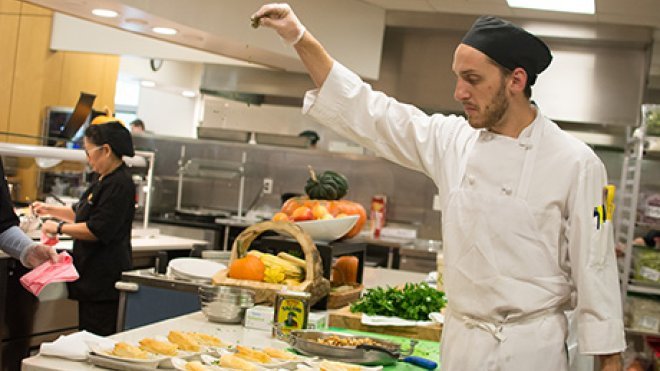
This story is part of RWU's Inside the Kitchen series going behind the scenes of RWU’s dining experience.
BRISTOL, R.I. – It’s no secret among the campus community and across the nation that RWU has one of the best campus dining experiences around due to its consistent recognition on national lists ranking college food. The central hub for that experience is the Upper Commons. With its wide-array of food options and stations – such as made-to-order stir fry, comfort food from Classics, hand-made pizza from the Cucina, or fresh vegetables from the salad bar – it reflects a passion for providing delicious, locally sourced food to its students.
But what really makes RWU’s dining program stand out? RWU Chef Jonathan Cambra believes he has the answer.
“The bottom line is the people,” said Cambra, who is the director of culinary operations at RWU. “If you don’t have the people with the sense of care and heart and emotion to actually cook really great food, you won’t be successful.”
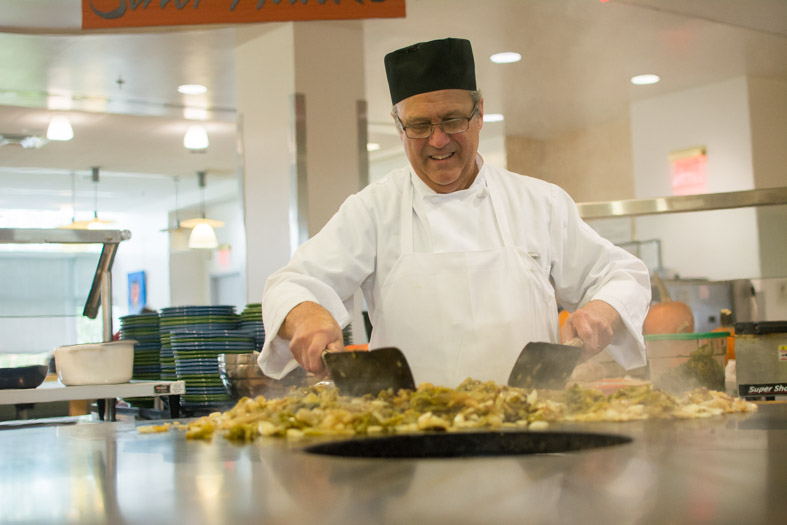
Luckily, RWU’s dining team is made up of 200 full and part-time employees who put in the time and effort to make sure an average of 1,700 students a day come in hungry and leave satisfied.
“We’re really running this place like a restaurant, but serving 5,000 meals a day,” Cambra said.
That translates to 25,000 meals a week. While that’s a lot of pressure on the dining staff, they are backed up by a seasoned management team from Bon Appétit Management Company, RWU’s food service provider. Bon Appétit – an on-site restaurant company that offers full food-service management to organizations like universities and corporations – brings the know-how and high standards that makes the task of cooking healthy, tasty meals using fresh, seasonal ingredients all the more manageable. Bon Appétit focuses on cooking from scratch and providing healthy locally sourced food all while running a sustainable food program to curtail waste. It is the perfect match for the kind of food service program RWU wants to provide students and guests.
[Video produced and edited by Justin Wilder]
So how do they successfully feed 1,700 students a day happen?
The first step is understanding the culture and values of a community and what food is available nearby, said James Gubata, Bon Appétit’s general manager at RWU. Then you set menus reflecting that culture and those values, such as healthy eating, and including seasonal food when possible. Then after purchasing the food and it getting it delivered to campus you let the creativity of your staff kick in to gear.
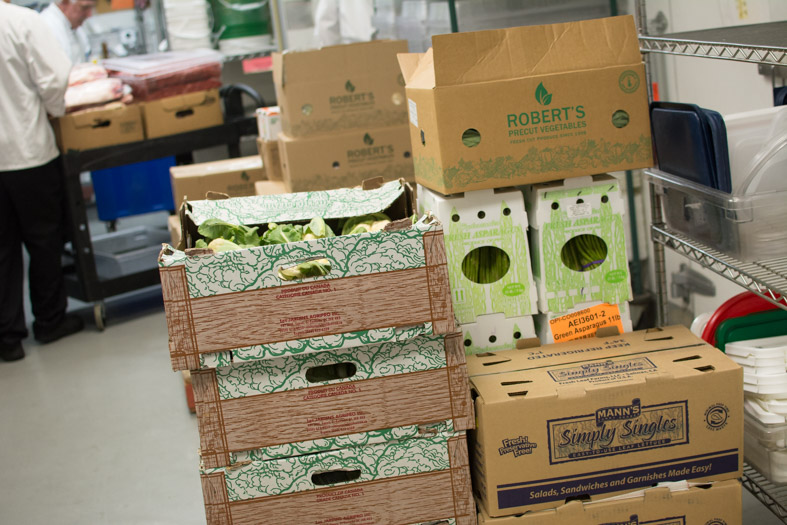
RWU empowers its staff to put their own flair on dishes to bring out the best taste. A lot of this happens in the preparation stage in the production kitchen in the Commons where they prepare the meals that will be served at either Upper or the campus’ other dining locations. “We rely on our people to kind of spread their wings,” Cambra said. “Often times, we provide them with a recipe but it’s more like a guideline for them.”
This means cooks can add an extra dash of spice to a soup broth, for example, as long as it sticks to the theme or type of dish it is, such as no meat to a vegetarian soup. It helps add a personal touch and makes for fun, tasty dishes.
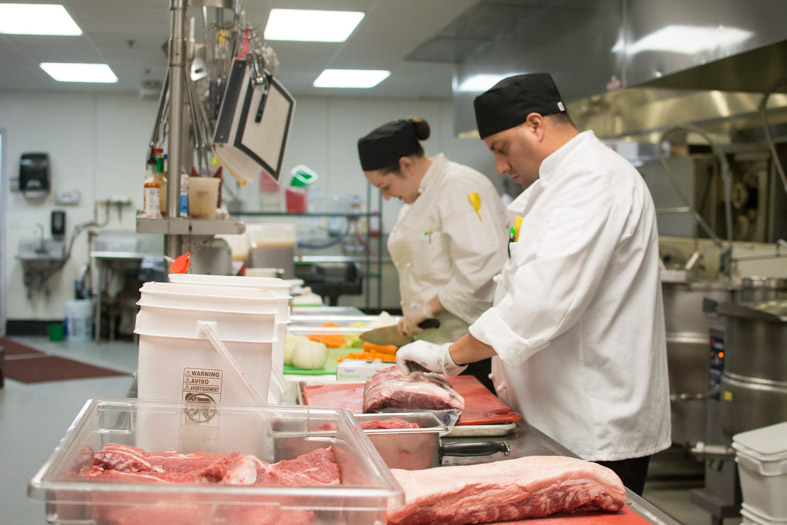
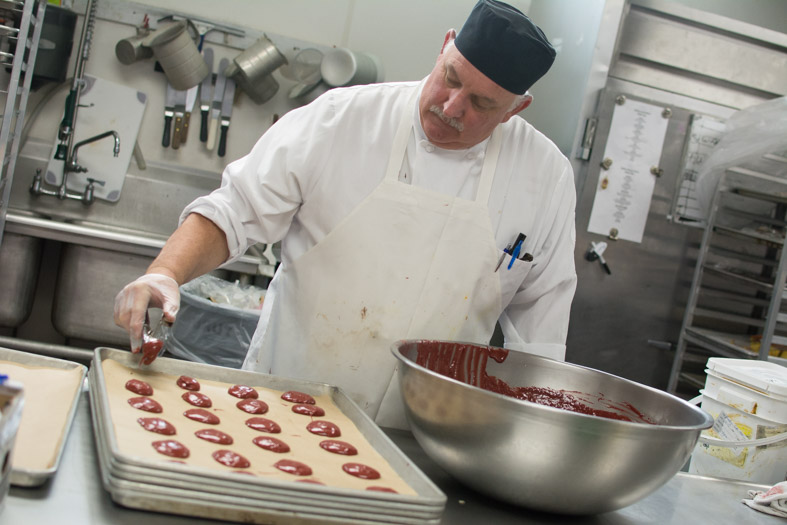

After meals are prepped in the production kitchen – depending on what the meal is and when it’ll be served – it is stored for a day or two. Chef Cambra likes to stay ahead of schedule. That means the meat being cut for steak sandwiches is shaved and seasoned then wrapped and stored in the fridge until the next day when its cooked and served. This keeps the dining experience running smoothly.
After all the preparation work, the food is usually brought up to the Upper Commons or other dining locations, like the Law Bistro, ready to cook.
“That really sets us apart from a lot of people out there,” Cambra said. “We’re cooking this stuff as close as we can to order.”
For example, when baked chicken drum sticks are on the menu, instead of cooking them all at once, staff cook small orders of them at a time and when they are running low another order is finishing up.
In other words, there is very little large batch cooking happening. The staff focuses on small batch cooking to ensures food gets to students in its best form: fresh and hot out of the oven – or right off the grill, still sizzling. For those looking for something chilled, there are also plenty of freshly chopped green options at the salad bar, which features many locally sourced vegetables like seasonal vegetables, local cheeses and field greens from Queens Greens farm in Amherst, Massachusetts.
So far, the results have been satisfying for everyone. It all adds to a sense of pride and reinforces that RWU not only has a top-notch food, but a great team working behind the service line.
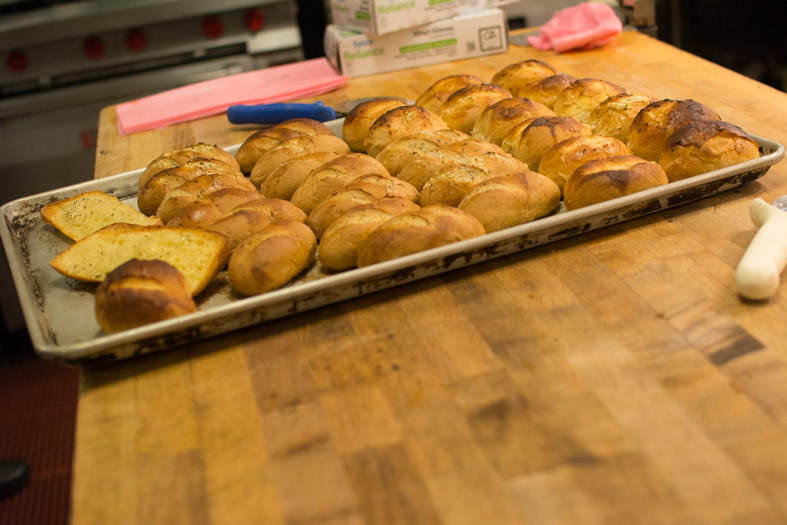
“Cooking is from the heart,” Chef Cambra said. “It’s from passion. It’s from dedication. It’s from memories of childhood. It all starts with the people.”
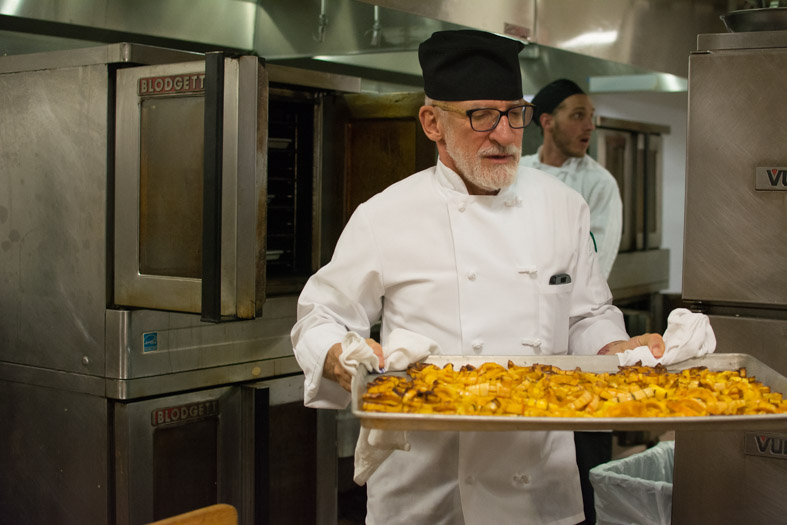
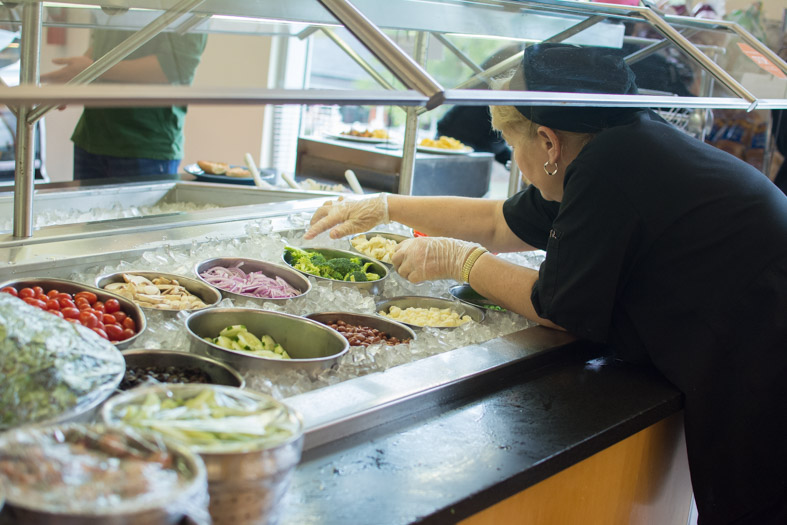
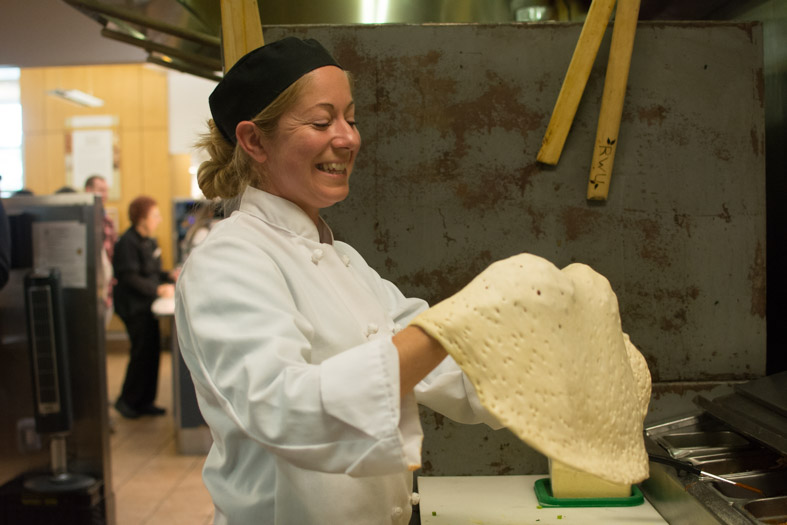
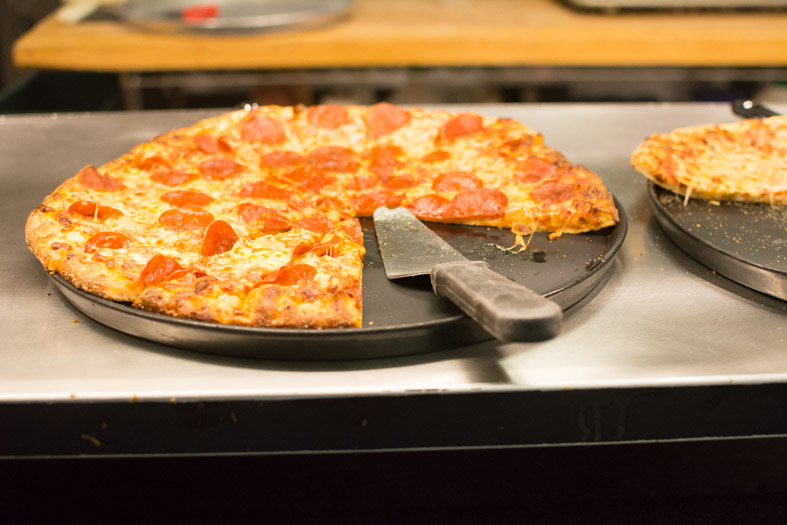
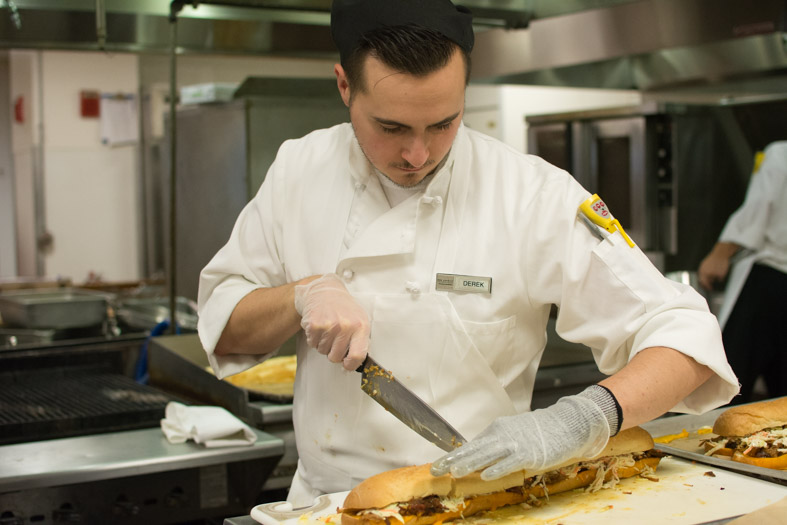
Other Stories in this Series:
Food Recovery Network at RWU
Composting at RWU
Interesting Facts on RWU's Food
Sourced Locally: Where RWU's Food Comes From